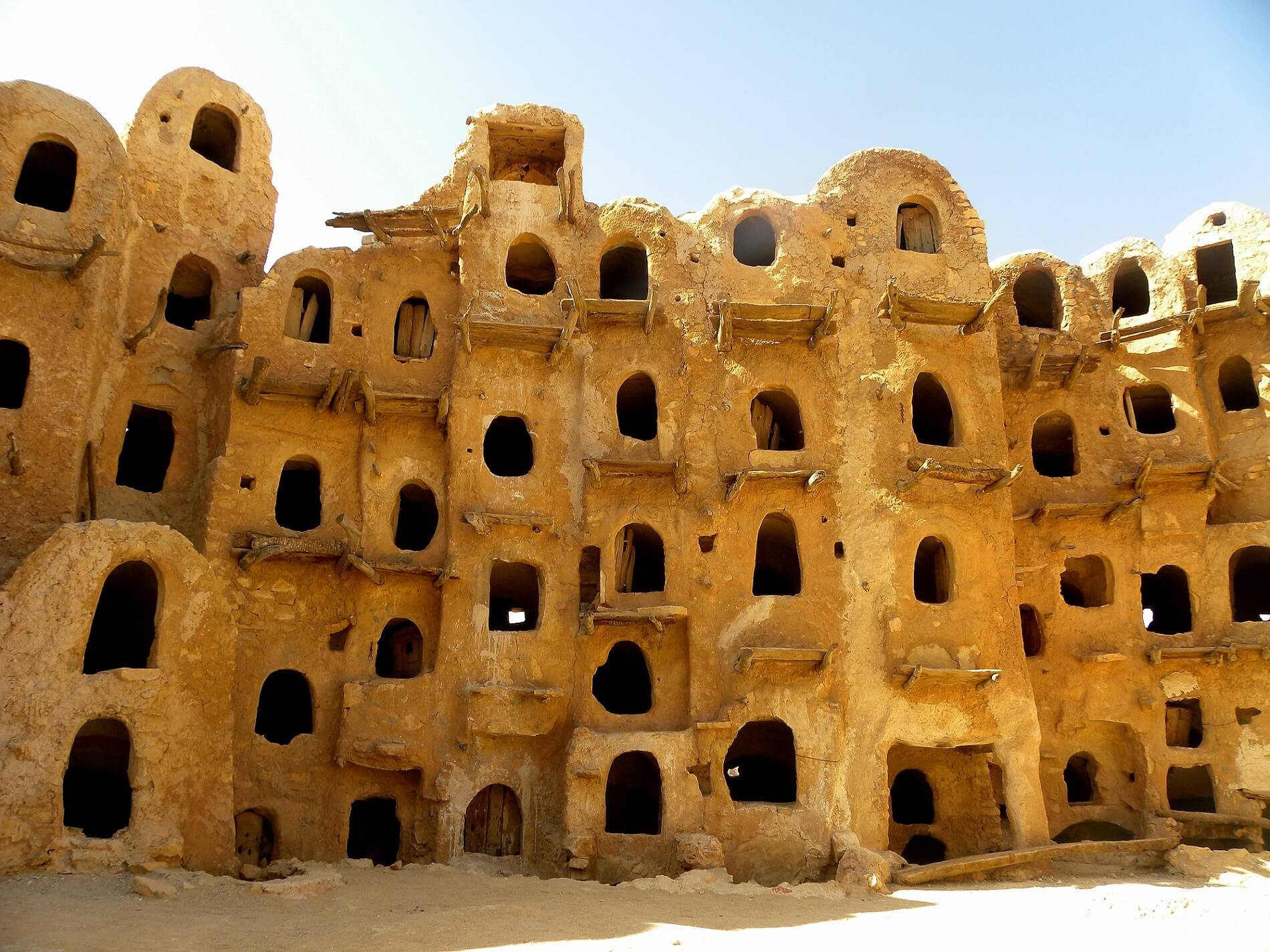For a moment Fayez al Serraj’s arrival to Tripoli and the UN-backed thrust of the Government of National Accord (GNA) onto the Libyan political scene promised to successfully force the House of Representatives into ratifying the new government. However, a new challenge has emerged for the UN mediated GNA in the past week—the race to liberate Sirte.On 27 and 28 April General Khalifa Haftar began to build up his forces for the Libyan National Army’s putsch toward Sirte. By 28 April a reported 3000 to 4000 infantry troops and artillery divisions had arrived to Ajdabiya and Marada south east of the IS-controlled city in preparation for the “Battle for Greater Sirte.” Long perceived by supporters of the UN as the key national unity project, the liberation of Sirte now threatens to become a point of contention between rivaling factions. With the commander of the Libyan National Army (LNA) threatening to liberate Sirte unilaterally, the Presidency Council’s prime minister designate Fayez al Serraj issued a statement essentially rejecting unilateral action against Sirte. Instead he promised that a nation-wide Libyan force untainted by foreign interference would liberate the city under unified command.However, Haftar’s success against IS in Benghazi and his moves towards Sirte also weaken the pro-GNA members of the HoR that proposed to hold a vote on the GNA in Ghadames last week. Haftar’s popularity in the East is likely to weaken the position of the members of the “100 pro-GNA bloc” in the HoR whose support for the UN-mediated government is not contingent on Haftar’s continued leadership of the Libyan armed forces under the GNA. The members of the HoR willing to endorse the GNA without securing GNA guarantees for Haftar are likely to dwindle, especially if Haftar successfully mobilizes to liberate Sirte. Once the key element of Libya’s national unity project in the eyes of GNA supporters, the liberation of Sirte threatens to occupy the center of the conflict over the future leadership of Libya’s armed forces.

